Advice for Beginners Drawing with Coloured Pencils
My name is Christopher Durant and I am a professional coloured pencil artist from the UK. I have been drawing all my life however thanks to a teacher in secondary school I gave it up as he stated I would never become an artist and I fell out of love with the only thing I thought I was any good at. I eventually found the courage to start again and picked my pencils back up and through hard work and determination I am now in a place where I can say I am a published artist in various books and I have had my work distributed globally.
In regards to coloured pencil art I have been doing it for the past ten years and it is a discipline I am still constantly learning from and getting better at. I have complied a list of ten points that I feel will help beginners starting out or even artists who perhaps want a little boost or injection of inspiration. These points are only a guide but I hope that they serve you well as these have all been experiences I have been through myself.
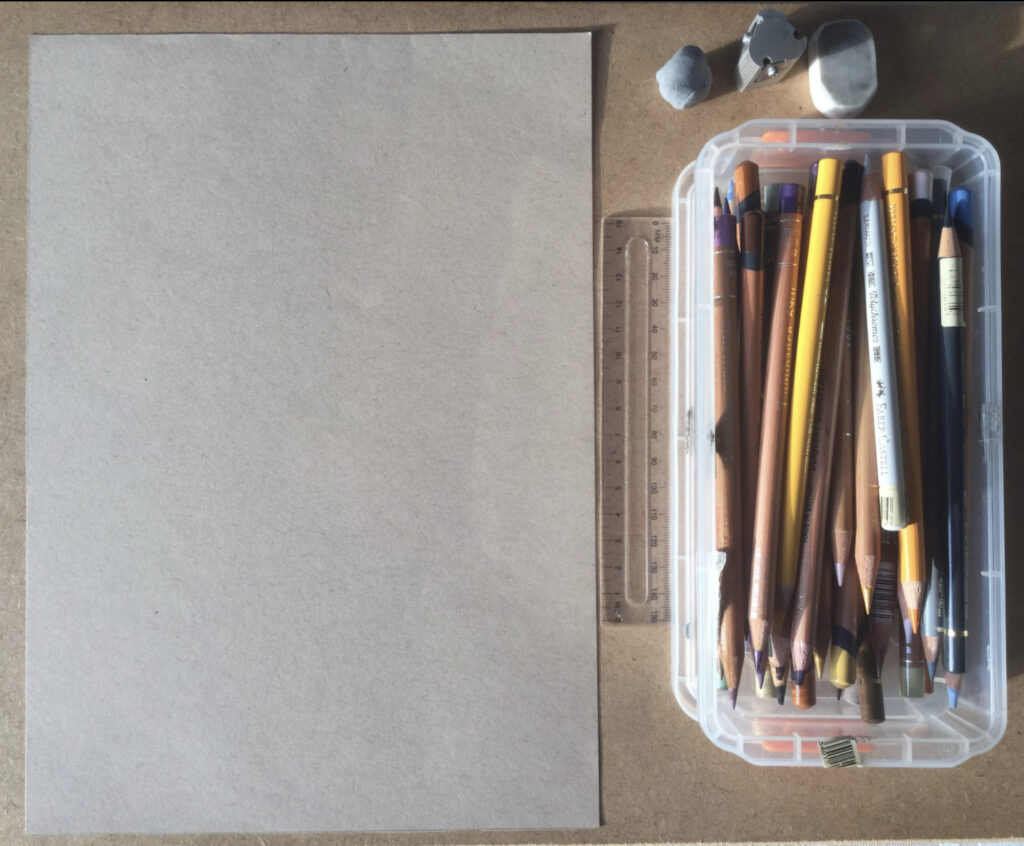
1. Understanding coloured pencils and what your intentions are using them
When I started out in coloured pencils I was terrified of using them, mainly because I previously tried to use them and always appeared to make continuous errors or just didn’t enjoy the process of using them. Make no illusions, coloured pencils are an extremely tough medium to use in a way where it satisfies you as the artist but also satisfies a potential future audience if you are wanting to become an artist that sells your work and go down the fine art path.
Initially it’s wise to not think about this route when you start out, focusing your attention on improving and honing your skills is paramount but it is always nice to have future goals and each individual will have separate aims in this sector which are unique to you.
Coloured pencils aren’t everyone’s idea of fun or a medium everyone has to choose and continue with, it’s a choice that you could initially dislike or a choice that could eventually change your life if you stick with it and become good enough through hard work and persistence. All the best things in the world take time, coloured pencils are no exception.
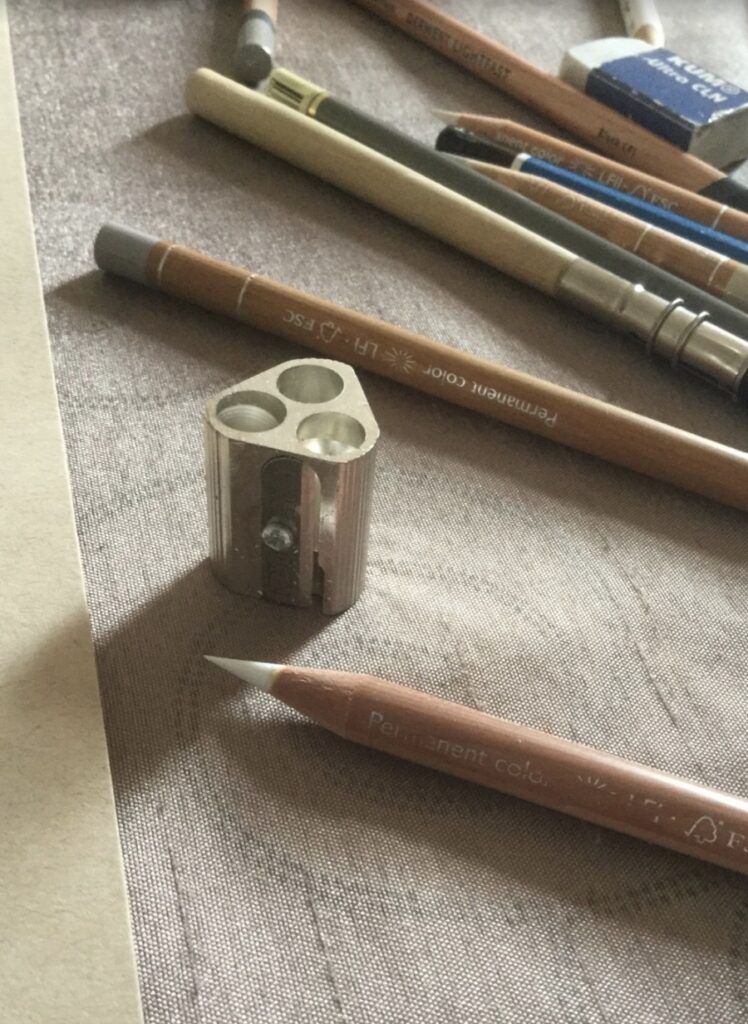
2. Expensive coloured pencils will not make you a better artist
I suffered from this concept when I was starting out. I would ask many artists what pencils they used in the hopes that if I could buy them I would instantly become better, sadly it doesn’t work that way. While more expensive artist grade pencils are much better than standard coloured pencils, it will not instantly gift you an ability to use them. You wouldn’t pass your driving test and instantly buy a Ferrari, and if you could afford to you’d still probably crash it.
Derwent pencils have a great range of student pencils aimed at those who are serious enough to want to draw at a higher than average level without sacrificing the quality of materials used to create them. There are some absolutely awful coloured pencils out there that will make you not want to pick them up ever again, but once you start to get a feel of how they work and how you can use them you can move on to the artist grade pencils.
I always say however that pencils are a personal choice and the pencils I use and like may or may not be to your liking or you may absolutely love them. This is the same for artists in any medium, as an example I love to use smooth paper whereas other coloured pencil artists use pastelmat or rougher more toothy paper. It is a choice you will have to make through trial and error. Only you will be able to know what you like and what you don’t but you will instinctively know what’s the best the more you try it.
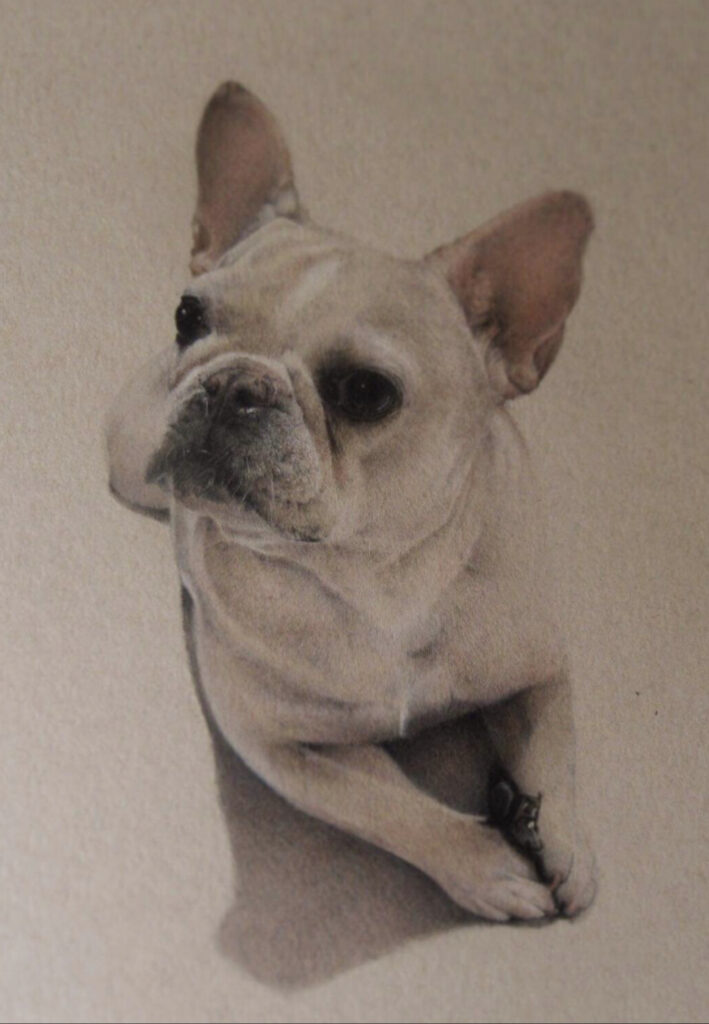
3. Patience
Coloured pencils are a supremely slow medium, at least in my experience. I know a lot of artists who can knock a drawing out in a day but I can take weeks to do a drawing. This isn’t something you should worry about initially however as coloured pencils should be fun and also rewarding. Spending a lot of time on one single piece of art can be tiring at times so initially it’s better to be more spontaneous, it also isn’t a race.
Even though I stated artists are quicker than me, it doesn’t mean you have to be the same speed to feel equally as good or important. You’ll find a lot of artists trying to copy techniques or be the same as other artists but that’s not what should happen. It’s much better to be yourself and take your time. If you are slow at drawing like me, don’t worry about it as you’re more than likely going to get slightly faster as you progress and you will be also be more inclined to pursue more details if you take your time, potential details other artists may miss.
4. Only ever draw what you love
This is a difficult one if you are a professional artist and you have to do work for clients which may or may not suit your style or particularly engage with you but as you are starting out I would always advocate drawing something or even someone you love. Your skills will improve dramatically when you focus on a subject matter that’s really close to you or something that really engages you and pushes you to the next step.
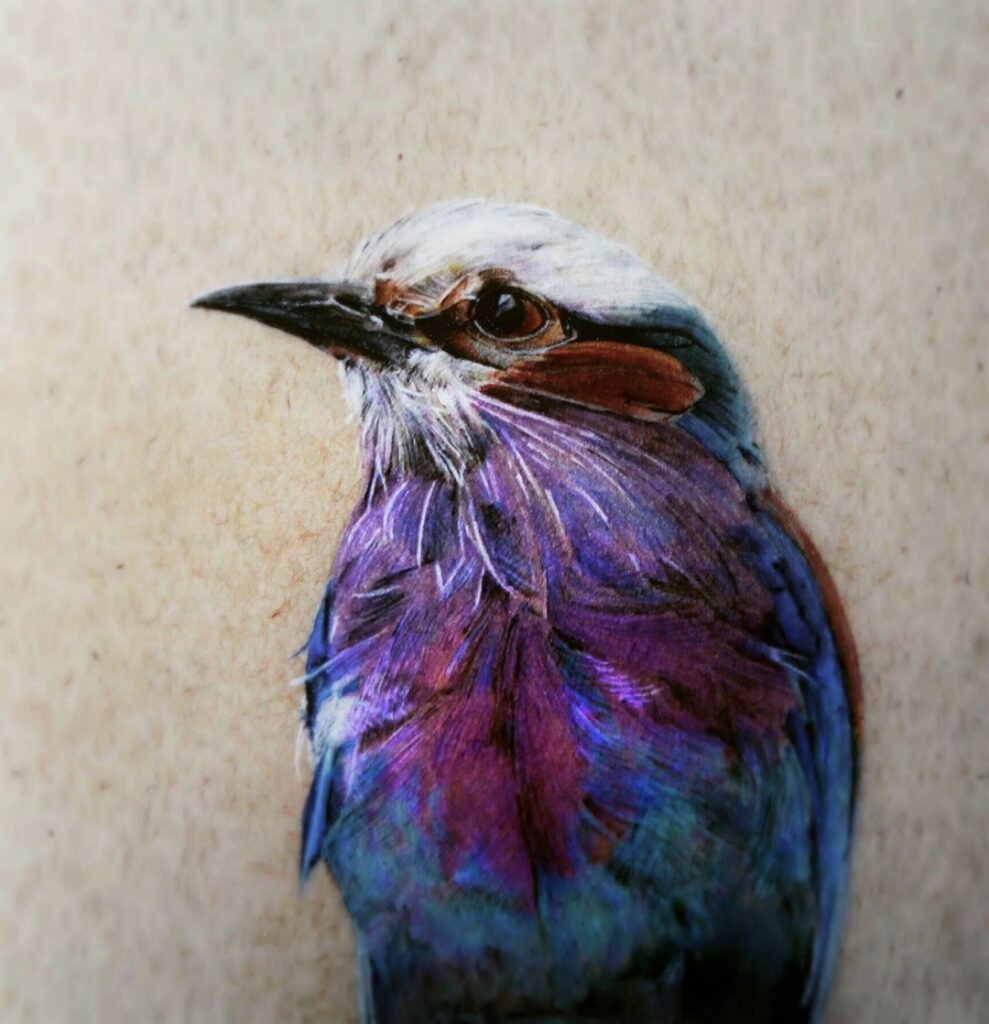
It took me a while to find out what I liked to draw using coloured pencils until I started studying birds and other avian artists. The sheer variety of colours, textures and the actual shapes of the birds themselves were mind blowing to me at the time and as an amateur coloured pencil artist wanting to find a subject with the most colours, birds were the absolute pinnacle and the main choice for me. My work was appalling to start with but the fact I was having so much fun made it a worthwhile endeavour in the end. There is nothing worse than drawing something you have no interest in or no passion about. It will always show in your work and will also reflect on you personally. You will rapidly lose interest instead of learning how wonderful coloured pencils can be and what you can achieve with them.
5. Adult colouring books are more helpful than you may think
I personally have never really used a colouring book but they were quite popular even back when I started using coloured pencils around 10 years ago so now I think they are definitely more mainstream. When I say colouring book I am referring to books designed by artists themselves for the masses and not necessarily just for children to pick up, although children are still a great audience to sell your book to. I don’t know of many artists who would say they have used them prior in their careers or art journeys but I have found some advantages of using them which you could easily utilise to help you.
There may be a lot of artists who look down on you for using a colouring book but in all honesty these people are not worth associating with, especially if it personally helps you in some way. I find that they can be used for their primary purpose of being a colouring book but they can also teach you how to actually control your pencils. This all depends on the book you purchase, some books are specifically designed for artists to colour in using artist grade pencils so the paper is thicker and will allow for better pencil work whereas some are glossy which from a technical standpoint would be useless. You also have the ability to colour in something and not really worry about making any mistakes. This isn’t something you have spent hours trying to draw and every pencil stroke has to be perfect, it’s something you can be more loose with and something more experimental.
You can even use the pages as practice pages for colours you may want to use on a drawing of your own. Sometimes pencils can appear darker or lighter than what they appear on the barrel and it’s handy to have scraps of paper or a colouring book in this instance to shade in an area before applying it to your actual work.
6. Never compare yourself to other artists
I feel this is a massive issue in not just coloured pencil art but art as a whole. In reference to point 3, it’s better to be yourself and be unique than to be a carbon copy of someone else or worry about getting as good as someone else. I have wasted so much of my time looking at other art and becoming disillusioned by how good they are, how many followers they have on social media and how much adoration they get. In the end it is meaningless numbers and thoughts that will harm not only your artistic ability but your health also.
It is perfectly acceptable to admire another artist, support them and try to learn how they do things but if you are serious about developing yourself further then you must do things your own way. Sadly in life, other artists are more gifted than others. This is as real as it gets and something I have had to accept and others will have to accept too. Does this mean you are inferior to them or you should stop because you can’t do the things they can? Absolutely not.
I’ve had the pleasure of having the worlds best coloured pencil artists look at my work and admire it for what it is. Some people have a true gift but don’t apply themselves, so while they are dormant you absolutely should push yourself to become the best you can be. The harder you work, the more doors will open for you and the more respect you will receive form people admiring your tenacity and drive. In time it is you who will be inspiring upcoming artists who will want to be where you are when they start their own journey. No matter how good you are at something, someone somewhere will be better, however there will always be people who look up to you and wish they could achieve what you are achieving.
7. Create a social media presence and connect with other artists
It’s safe to say that the majority of people will have a smartphone and access to social media platforms such as Facebook or Instagram. Thanks to these platforms you can now connect to anyone anywhere. Platforms like Instagram are perfect for connecting with artists and people who pursue the same passions as you do. Instagram and Facebook are not what they originally were 10 years ago as times have changed but having a profile can help you in the long run. It allows you to connect to people who can see your work on a wider platform but access to other artists who you can message asking for advice or simply to admire their work.
As stated in the prior post, don’t let likes and followers distract you from becoming a better artist. The number of likes you have and the followers you have doesn’t make you better than someone who has 0, or inferior to someone who has 10,000. We are all in the same race as a team so it’s wise to not trip anyone up.
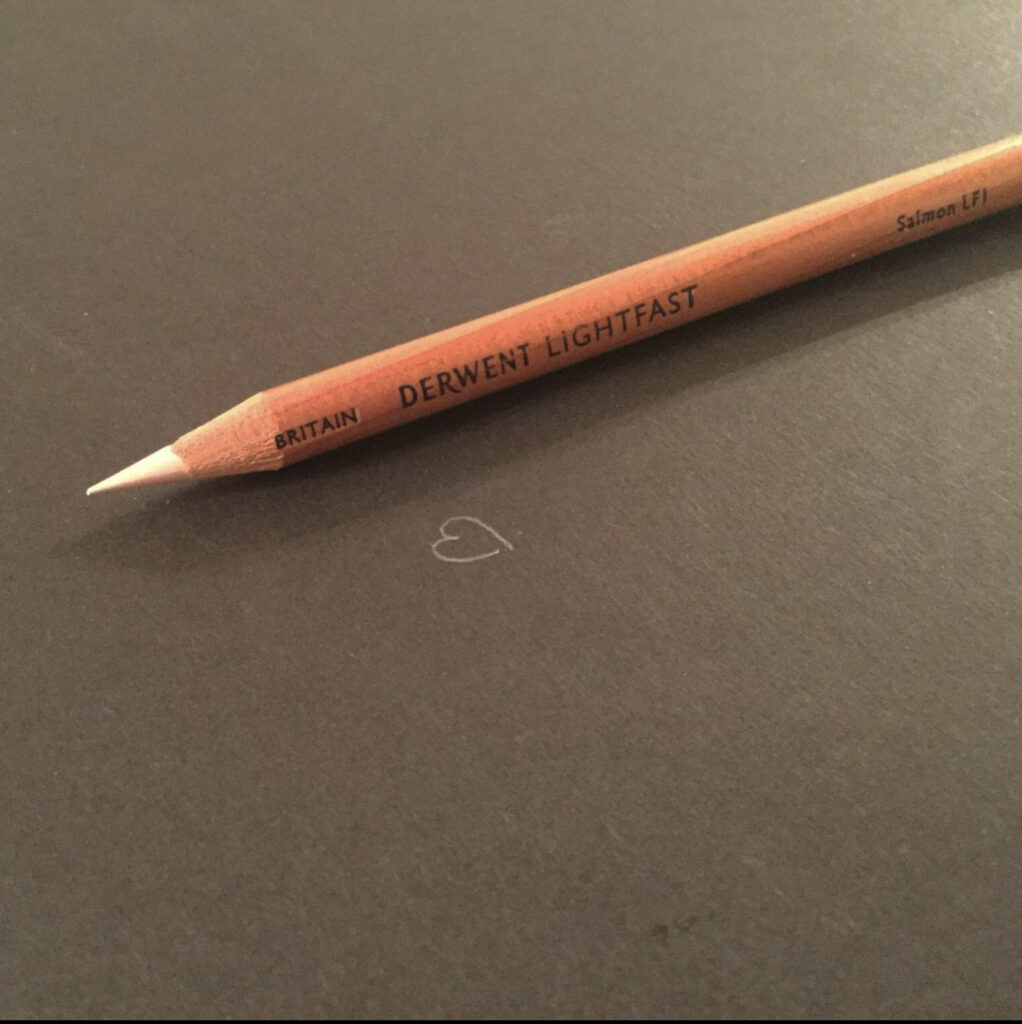
8. Don’t be too harsh on yourself and be prepared to make a lot of mistakes
Coloured pencils are difficult. Anyone who says otherwise isn’t applying themselves or simply hasn’t even tried it yet has an opinion on it. Preparation is vital in coloured pencil work in that you have to have respect for the medium but not fear it. No matter how skilled you are, people make mistakes. I’ve been using them for 10 years now and my first year was just riddled with mistakes that by today’s standards I would laugh at. I still make mistakes today, thankfully small ones that can be corrected but this is normal and isn’t anything you can change. You aren’t a machine programmed to draw perfectly, sometimes making a mistake in the drawing process adds to the original nature and charm of the work itself. It’s important to try and get better but also cut yourself some slack. If you try and force something to happen or try to get better while stressed or angry about mistakes you’re making the situation will be amplified which will lead to many more errors.
If you find yourself getting stressed, take a breather and get up, go outside and take some air or just relax for a little while. It’s important you take breaks to not only recharge but when you draw for long periods of time, sometimes stepping back and looking at your work can allow flaws or mistakes you may have missed to appear. Sometimes we can’t see what we are drawing when we are so invested in it and our minds tell us we are doing things correctly, so standing up and getting a different perspective and different angle really helps.
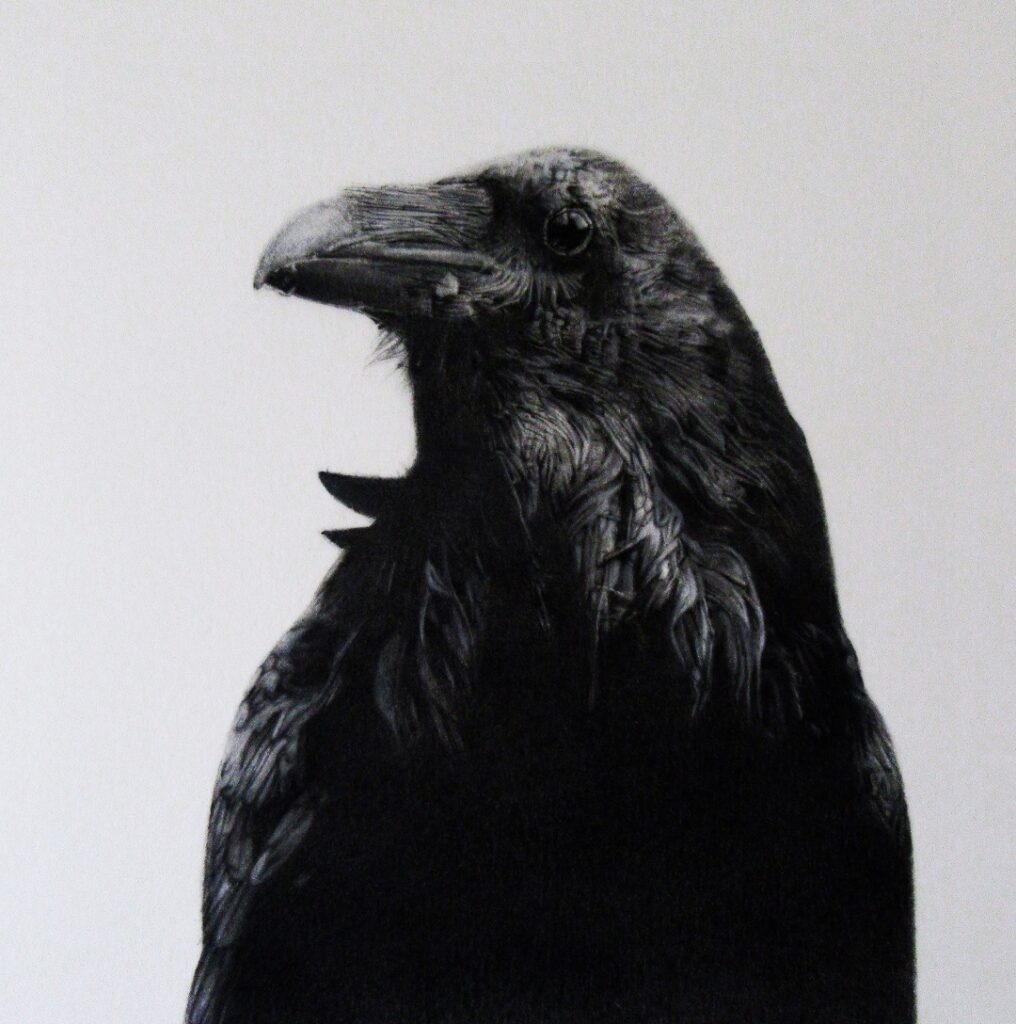
9. Don’t guess
One thing I was taught at an early age was to draw what I saw, not what I thought I saw. So many artists have their heads down but never take the time to lift them up to see what they are actually drawing which leads to mistakes. It’s something I used to do a lot, I’d see an image and think to myself “ok that goes there and this goes here“ and then look up to see if got my proportions wrong or simply added something that wasn’t there in the first place. If realism is your goal, the minor details in coloured pencil art are very important, It’s what separates good art from the great art. If you are drawing in a looser style with a more expressionist point of view, you can be much faster and not as detail oriented.
10. A kneaded eraser is your best friend
A kneaded eraser is a putty like substance which can be moulded to any shape or form you like. Think of it like blu-tack but much softer.
When you use coloured pencils, the biggest issue I had was erasing any mistakes I made. As a beginner artist I used to press on so heavy that no eraser, putty or hard could ever clear it up and I would have to erase that hard that the paper would damage. If you press on lighter, a kneaded eraser will remove the pencil but also won’t damage the paper like a hard eraser will. They are absolutely magic. I find the Faber Castell Kneaded eraser the softest and the best!


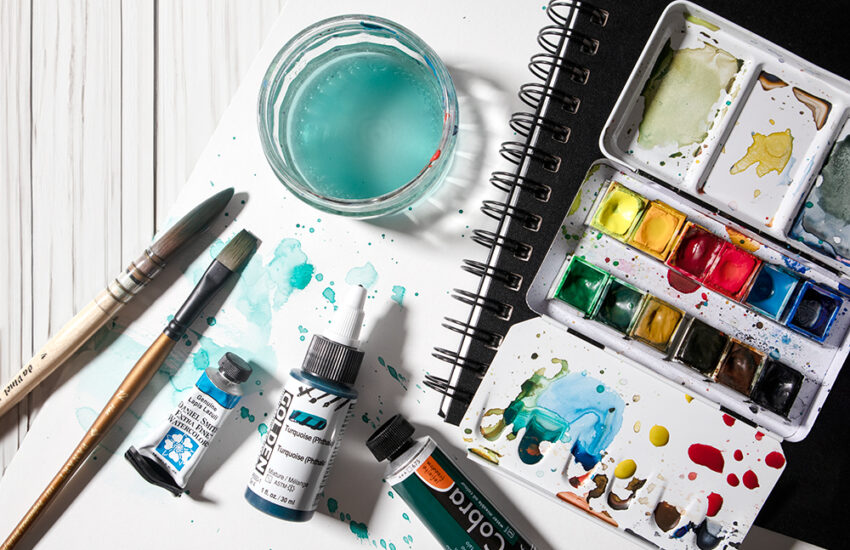
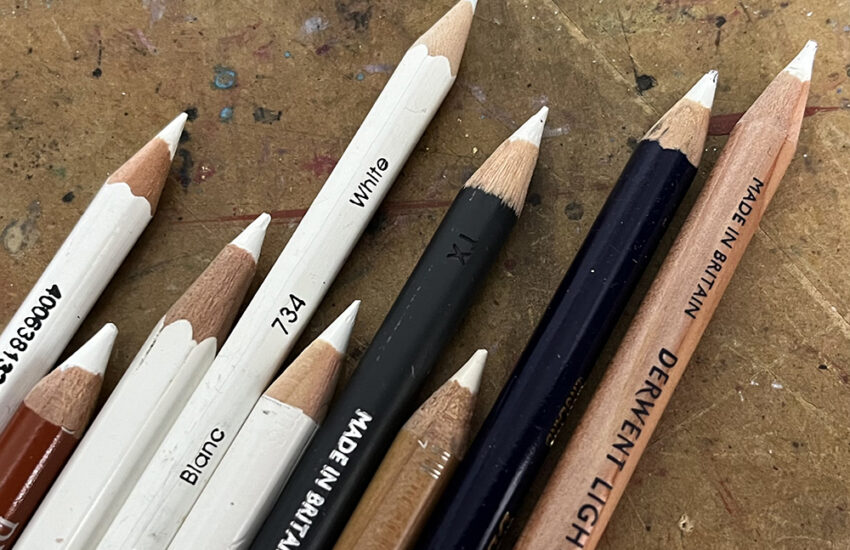
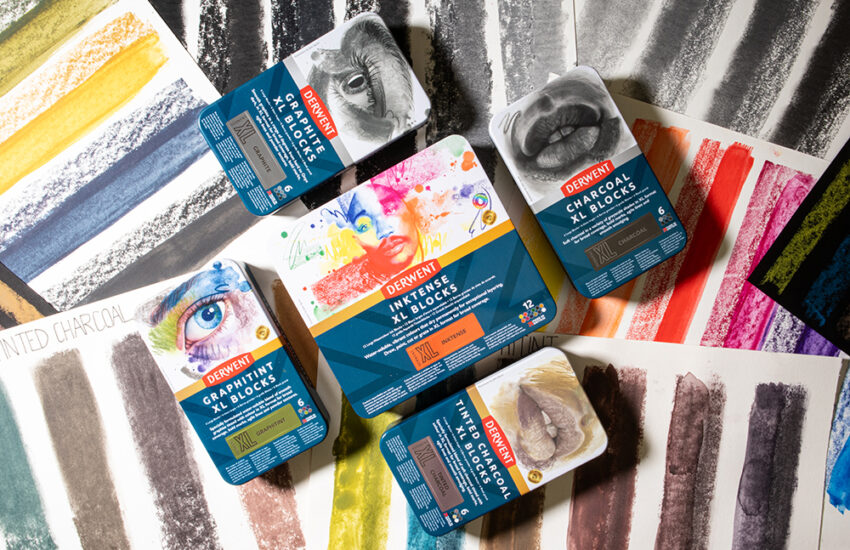
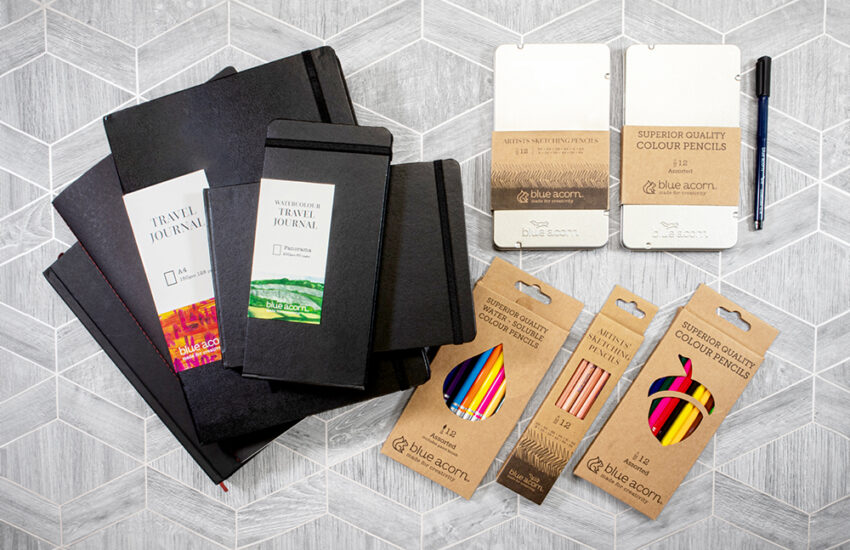


This information has been really helpful. I want to add colour to my pencil sketches and am still trying to find my style…this has reassured me that I’m right to keep looking for something that suits “me” …thanks – just one question- do you use anything to protect your finished work?
Hi Alison. Thanks for your comment. I’m glad to hear you found the advice in Christopher’s blog post helpful! With regards to protecting pencil artwork we usually recommend a couple of layers of fixative. If your work is on paper we’d also reccommend framing it behind glass for added protection. I’m not sure of the ins and outs of Christopher’s process so you may want to contact him directly for more information about how he finishes his drawings.
I needed a bit of direction on options for adding colour to my pencil sketches…..this information has reassured me to keep searching for the style that suits “me”….just one question…..do you use anything to protect the drawing when you’ve completed it?
I discovered that I’m exceptionally good at portraits when it comes to using color pencils. I like the Arteza line and most youtube videos that I’ve watched professional artist don’t.
I have to start getting into the habit of using color pencils on a regular basis.
My art “teacher” back in the 1970’s didn’t like anything I did and was always telling me “I was useless at art”
Just because I didn’t like the subject material or I put a different slant on it “I was wrong”
In 2020, having started art classes, I don’t bother with negative comments on my work, if folk like it and say so, great, if they give gentle suggestion for improvement, that is also great.
Negative comments are ignored & NOT welcome.
Everyone is able to create a work of art
This was so interesting to read, I’m a friend of Christopher’s and really admire him as an artist… his knowledge is just fantastic and his work his amazing…
As an artist myself I think it this blog is amazing and very interesting..
I actually use the colouring books he talks about and they really do help you get a better understanding of how the pencils work my particular favourite is a greyscale colouring book because you csn learn about light and dark and shading..
Thank you for sharing this advice its been very helpful
Hi Rebecca, I liked your reply and like you I think colouring can be useful as you are not so invested in the work.
I was interested in your reference to greyscale colouring books. I haven’t come across these. Do you have the title and/or author of these, or publishers?
Thanks! Juli
I’m always upset to hear that yet another art teacher told a pupil they had no talent. It happened to me, too, and to so many others. What were they thinking?? I found colouring books useful when I finally began to try to draw and use coloured media, 40 years after I was told I was useless at art, simply because I was so scared to put pencil to paper. If I was colouring someone else’s picture, I felt less like someone who shouldn’t have a pencil in her hand… Excellent article – thank you!